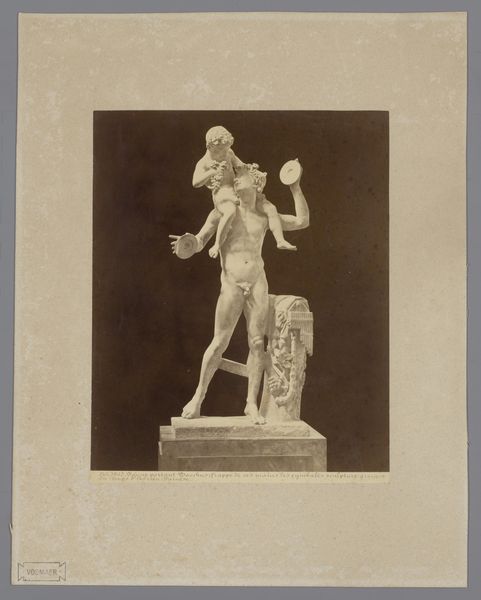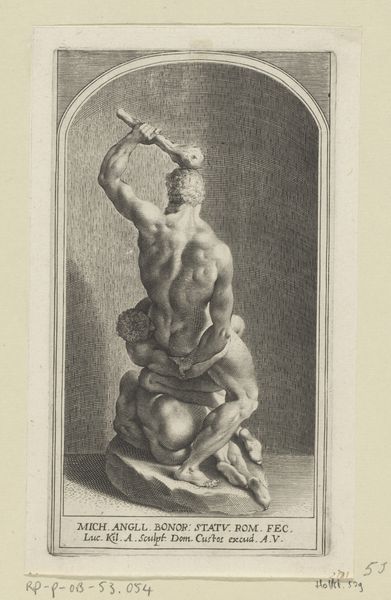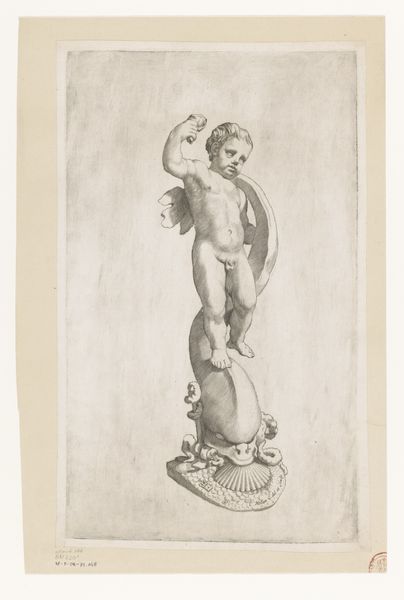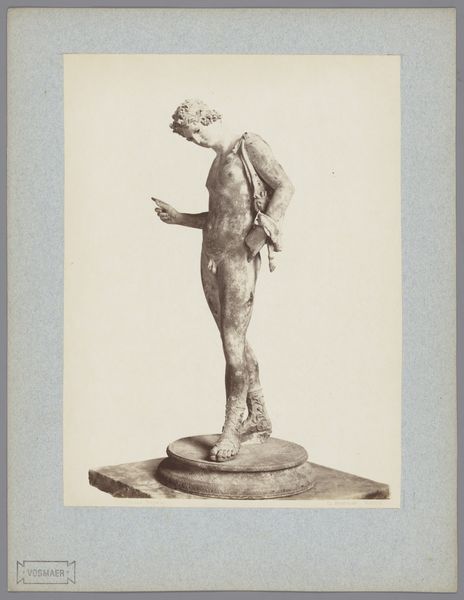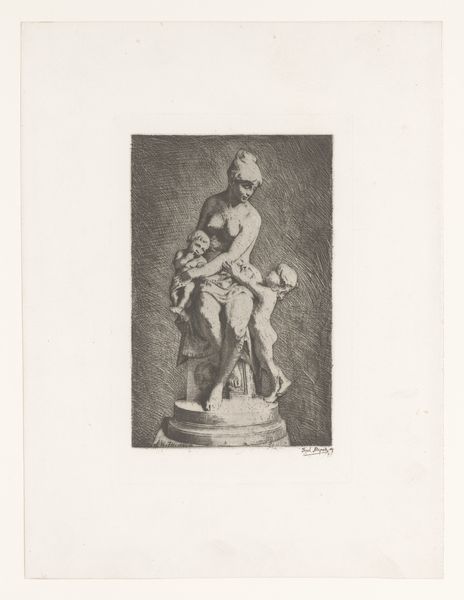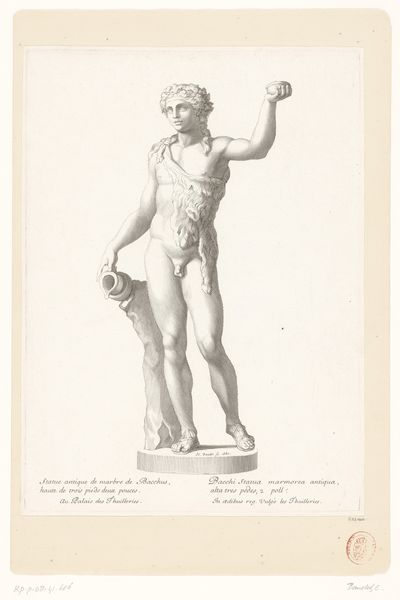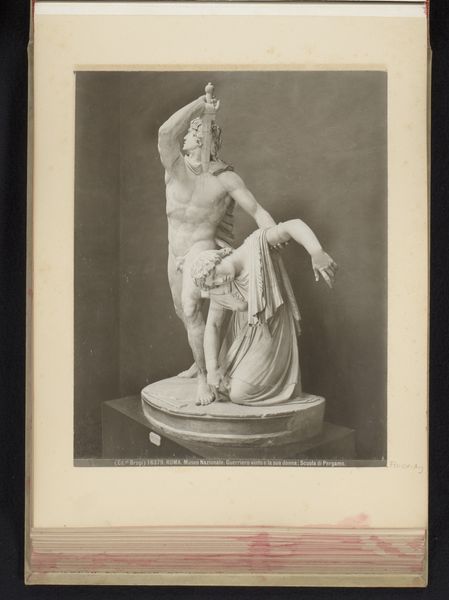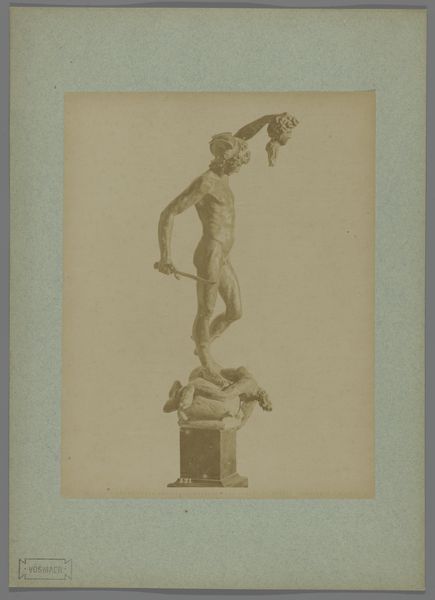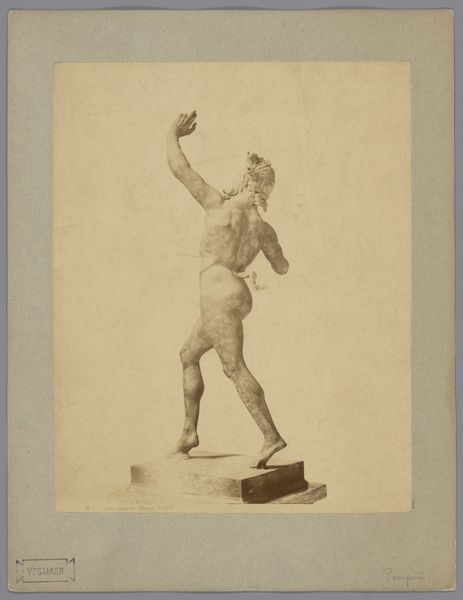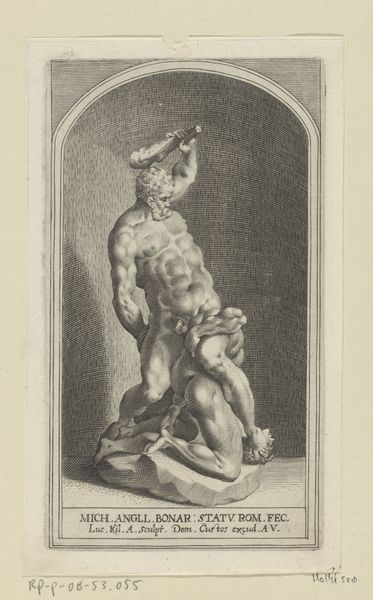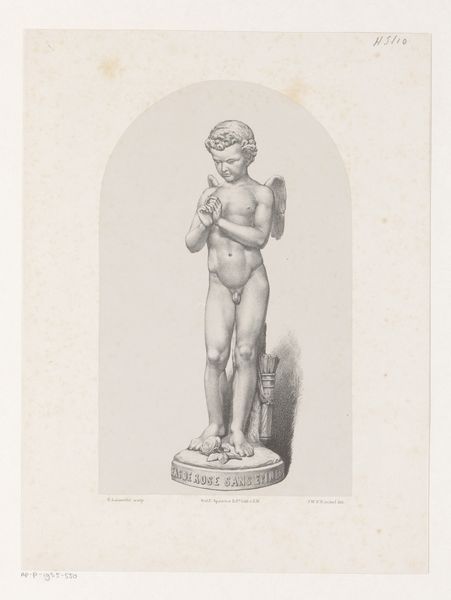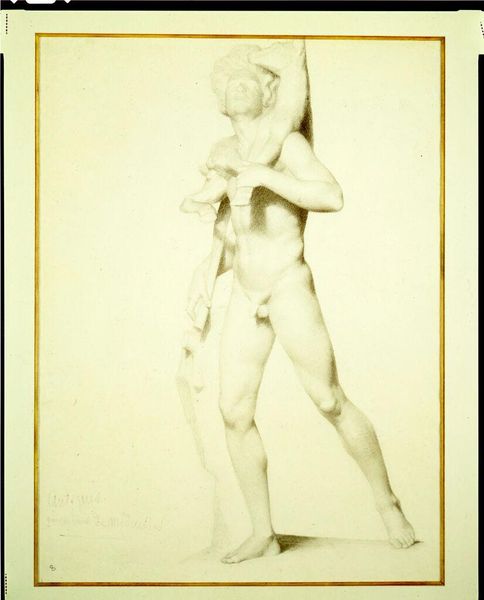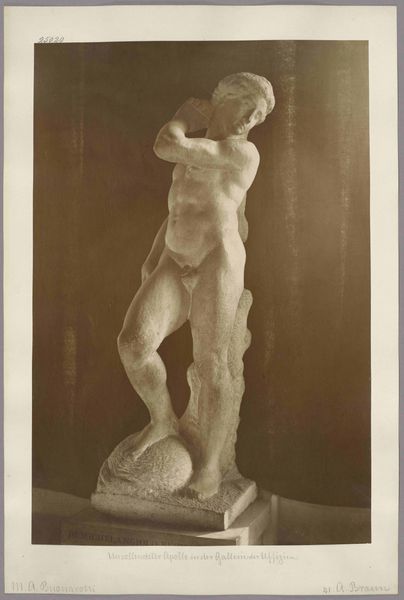
lithograph
#
portrait
#
lithograph
#
caricature
#
figuration
#
romanticism
#
line
#
genre-painting
Dimensions: height 204 mm, width 135 mm
Copyright: Rijks Museum: Open Domain
Editor: This lithograph from 1835 by Jean Ignace Isidore Gérard Grandville is titled "Caricature of opera singer Louis Antoine Ponchard." It’s…certainly a unique way to depict someone! I’m immediately struck by how disproportionate the figure is. What do you see in this piece? Curator: Ah yes, Grandville's exaggerated style is quite deliberate. Notice how he enlarges Ponchard’s head, almost like a grotesque mask, resting upon that tiny body atop the pedestal. What emotional response does that evoke within you? Editor: I think it’s intended to be humorous. He looks almost like a bobblehead, mocking his theatricality. Curator: Precisely! Grandville understood that caricatures were powerful tools. This exaggeration wasn’t merely for laughs. Consider the "Romanticism" style listed in the metadata. This was a time when artists explored extreme emotions and often challenged established social norms. How might this image participate in that tradition? Editor: Maybe by highlighting the excesses of celebrity culture? Like, making fun of opera singers’ egos by depicting him as a monument to himself? Curator: An insightful interpretation! The pedestal is critical. Monuments memorialize and grant authority. By placing a caricature upon it, Grandville cleverly subverts the established symbolic language, implying the opera star's fame, but perhaps, a fragile fame. Editor: So it's both funny and a little bit of social commentary? I hadn't thought about it that deeply. Curator: Absolutely. Visual symbols often hold multiple layers of meaning, depending on the cultural and historical context in which they are viewed. Recognizing those symbols empowers us to understand both the artwork, and its continued emotional significance over time.
Comments
No comments
Be the first to comment and join the conversation on the ultimate creative platform.

